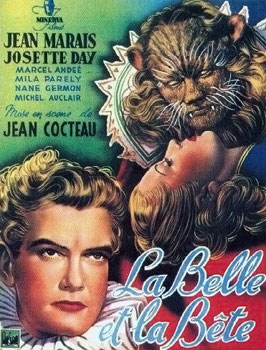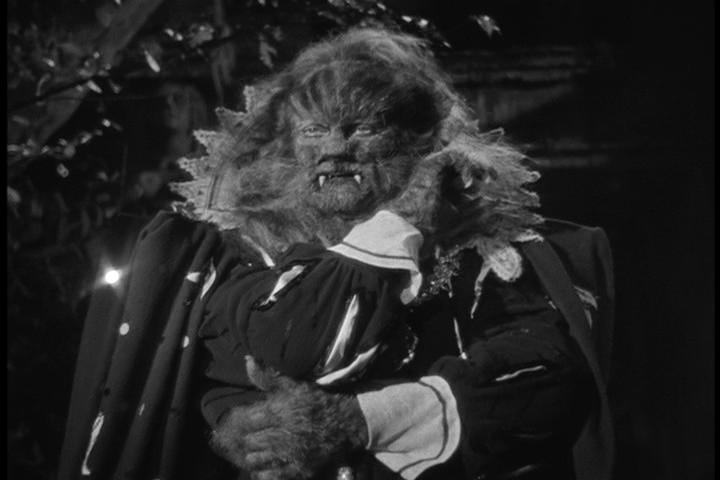Paprika (パプリカ) is a 2006 Japanese animated film co-written and directed by Satoshi Kon, based on Yasutaka Tsutsui's 1993 novel of the same name, about a research psychologist who uses a device that permits therapists to help patients by entering their dreams. It is Kon's fourth and final feature film before his death in 2010.
Kon and Seishi Minakami wrote the film's script, and Madhouse animated and produced the film alongside Sony Pictures Entertainment Japan, which distributed it in Japan. The film's score was composed by Susumu Hirasawa.
Three scientists at the Foundation for Psychiatric Research fail to secure a device they've invented, the D.C. Mini, which allows people to record and watch their dreams. A thief uses the device to enter people's minds, when awake, and distract them with their own dreams and those of others. Chaos ensues. The trio - Chiba, Tokita, and Shima - assisted by a police inspector and by a sprite named Paprika must try to identify the thief as they ward off the thief's attacks on their own psyches. Dreams, reality, and the movies merge, while characters question the limits of science and the wisdom of Big Brother.
Paprika has gorgeous animation throughout, especially the dream sequences that manages to capture the childlike, helter-skelter chaos and curiosity of the human mind. The dreams in the movie burst with creative and unique visuals that make them incredible spectacles to watch. The story very smoothly weaves from sci-fi thriller, detective story, examinations of technology, and the nature of reality.
Three scientists at the Foundation for Psychiatric Research fail to secure a device they've invented, the D.C. Mini, which allows people to record and watch their dreams. A thief uses the device to enter people's minds, when awake, and distract them with their own dreams and those of others. Chaos ensues. The trio - Chiba, Tokita, and Shima - assisted by a police inspector and by a sprite named Paprika must try to identify the thief as they ward off the thief's attacks on their own psyches. Dreams, reality, and the movies merge, while characters question the limits of science and the wisdom of Big Brother.
Paprika has gorgeous animation throughout, especially the dream sequences that manages to capture the childlike, helter-skelter chaos and curiosity of the human mind. The dreams in the movie burst with creative and unique visuals that make them incredible spectacles to watch. The story very smoothly weaves from sci-fi thriller, detective story, examinations of technology, and the nature of reality.

























